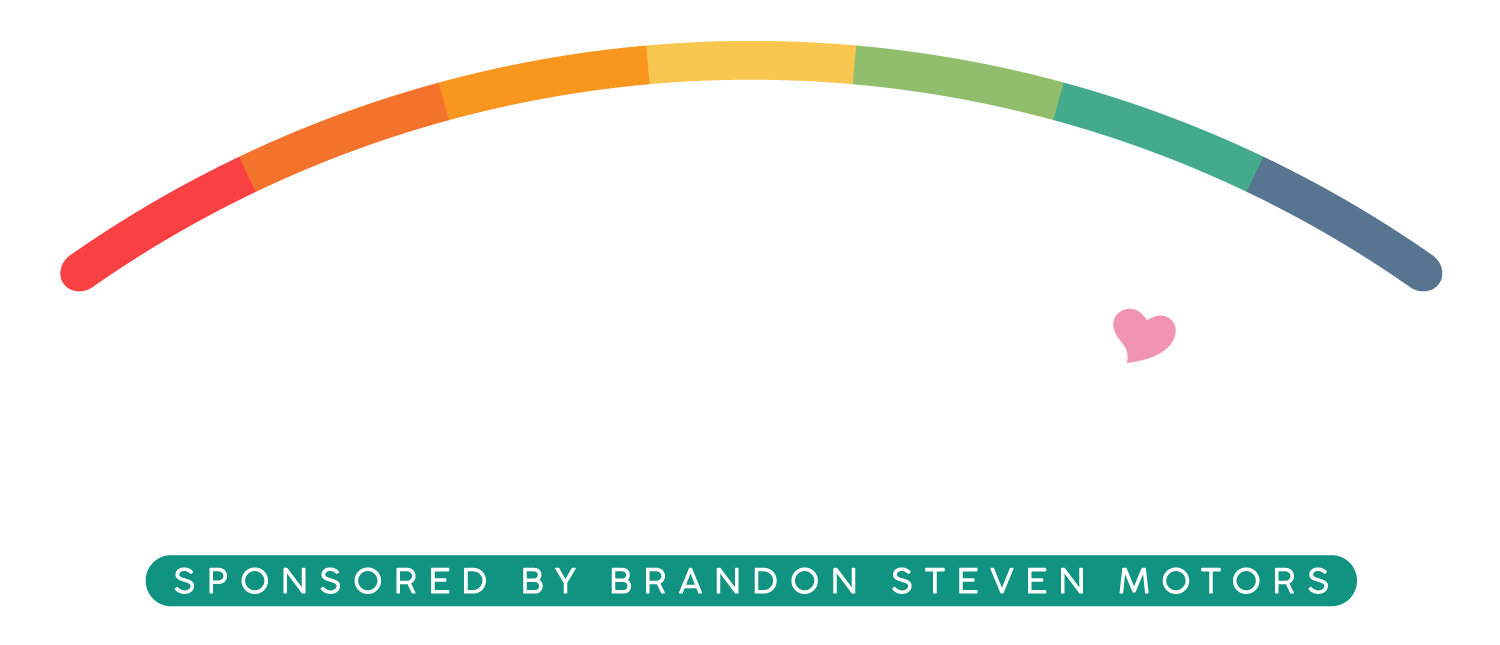PTSD in Foster Youth
For decades the picture of Post-Traumatic Stress Disorder (PTSD) has been a U.S. war veteran, fighting bravely on behalf of our country. Through public awareness campaigns and public service announcements we have collectively learned to associate PTSD with the brave fight of our soldiers. We recognize the symptoms—flashbacks, jittery nerves, withdrawn or depressed behavior, chemical dependency, an ongoing experience of negative feelings—and actively champion causes to help our military heroes recover. We want you to know there is another silent epidemic of PTSD amongst us: Former foster children are nearly two times as likely to experience PTSD as U.S. war veterans.
Sit with that statistic for a minute, and consider the thousands of current and former foster children suffering with PTSD.
Post-Traumatic Stress Disorder is a mental health condition that effects survivors of life-threatening events. These events can surely include combat, but also include incidences of abuse, witnessing or experiencing violence, and separation from primary caregivers in children. While it is normal for everyone to experience life-changing events that disrupt the quality of everyday life, those who are in prolonged or severe life-threatening situations have a higher incidence of PTSD and require help recovering.
Understanding PTSD
PTSD is a broad umbrella for four different types of symptoms, with each symptom or any combination of these symptoms occurring on a spectrum particular to the individual. It is important to remember that each PTSD diagnoses is uniquely individual to each person’s combination of experiences and personal temperament.
Reliving/Re-experiencing. Those experiencing this symptom will relive or re-experience the incident repeatedly, often having bad memories and/or nightmares. They have “flashbacks” that make them feel like they are undergoing the experience again.
Avoidance behaviors. Individual with this symptom will work hard to avoid people, situations, or memories that trigger or recall the traumatic event. This can range from refusing to talk or think about the event, to avoiding similar situations and people that resemble the traumatic experience.
Ongoing negative beliefs and feelings. It is not uncommon for a PTSD sufferer to have a shift in their thinking about themselves and/or others as a result of their trauma experience. This could involve feelings of guilt, shame, anger, resentment, or can be a shift away from activities that once brought joy. Other common emotions are numbness, inability to experience happiness, or a persuasive feeling that the world is dangerous and distrustful.
Hyperarousal/Hypersensitivity. Those suffering from PTSD often feel amped or keyed up. They may experience more jittery nerves as they are often acutely aware of danger. This leads to difficulty concentrating, sleeping, and finding it hard to rest and relax.
Children Experiencing PTSD
As children age, their PTSD symptoms mimic adults, but children generally display PTSD symptoms according to their age. Here are PTSD symptoms observed in children:
Under 6: Children under the age of 6 will often have issues sleeping, and will need their caretakers close for comfort. It is important to recognize these symptoms as PTSD and not “clinging” behavior. These children also act out their traumas through play.
Ages 7 to 11: School age children continue to act out their trauma through play, but also may draw pictures or tell stories that feature their trauma. These children can suffer from nightmares, or may begin to act overly aggressive and irritable. In addition, they may have trouble with schoolwork and friends.
Ages 12 to 18: Pre-teen and teenage youth display symptoms similar to adults. They can experience depression, anxiety, withdrawal, or exhibit reckless behavior such as substance abuse, promiscuity, or running away.
Raising awareness of the challenges our current and former foster youth experience helps us to overcome the difficult road these children encounter in gaining self-sufficiency and success later in life. Recent studies show former foster youth are less likely to complete post-secondary education, and generally are under or un-employed compared to their peers. These lower success rates are directly connected to the higher mental health crises current and former foster youth experience. Issues such as depression, social phobia, panic or anxiety syndromes, as well as higher incidences of drug abuse, incarceration, or teenage pregnancy are common barriers that keep these youth stuck in cycles of stress and challenges.
What Can You Do?
We say it constantly: The power of one caring adult can change the life and direction of a youth forever.
Like adults, children with post-traumatic stress syndrome can and will heal—with help. Among the many different treatments available, we are strong champions of holistic, wrap-around services that engage our youth and their families’ mental health needs, as well as meeting their other health and physical needs. Walden’s therapeutic foster care program shows that healing is possible through nurturing and targeted services. Here are ways you can help current and former foster youth:
Raise Awareness
Reading and sharing articles that highlight the challenges current and former foster youth face helps by supporting organizations committed to helping children heal.
Know the warning signs, and act. If you see something, say something.
Understand treatment options. There are many ways of treating PTSD in children, including counseling therapy and medication. Knowing there are pathways towards healing raises hope.
Reduce the stigma. The greatest barrier of children and adults facing mental health illnesses is the stigma often attached to care. Help dismantle stigmas by sharing, talking, and providing support to those in need.
Be a Foster Youth Champion
Support organizations committed to helping foster children find loving homes and healing. Often, these nonprofit organizations can benefit greatly from regular monetary donations, big or small.
Volunteer your time and resources. Can you volunteer, or give a foster youth a job? Think about resources you have that can help a foster youth gain independence, and offer your support.
Educate and teach. Educate yourself on legislation affecting foster youth and teach your peers. Most people do not act out of a lack of information, not from a lack of caring.
Be a foster youth and children’s advocate locally and nationally.
Post-Traumatic Stress Disorder can be overcome. For our youth is takes one caring adult to change the path and alter the life of a child forever. We have seen it hundreds of times, and will work tirelessly to ensure all children have a loving home and family.
This blog is from Walden Family Services



